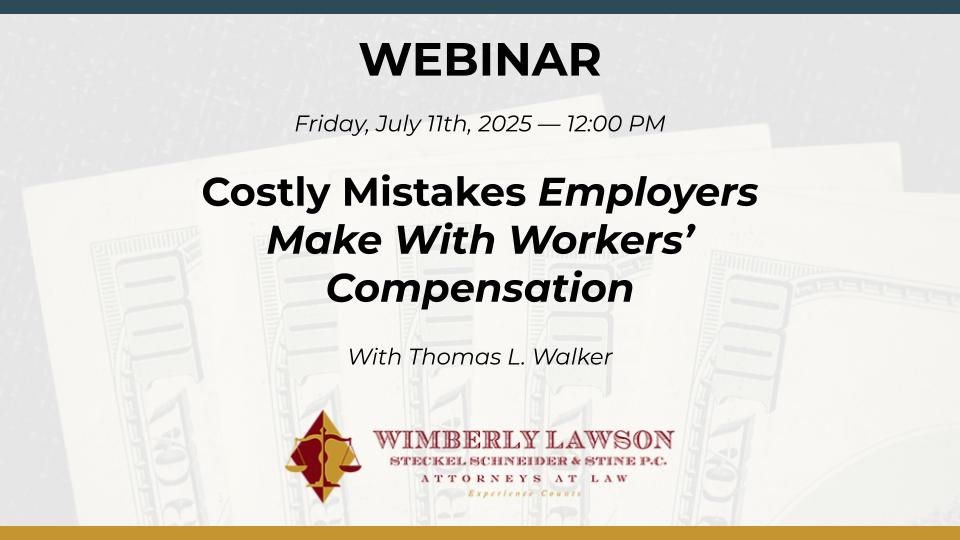MORE WORKERS WENT ON STRIKE IN 2018 THAN AT ANY TIME IN THE PAST THREE DECADES
The Bureau of Labor Statistics announced on February 8, 2019, that they were 20 major work stoppages in 2018 that involved almost one-half million U.S. workers. The total number of workers who participated was the highest since 1986. There were actually 167 total work stoppages, with major work stoppages defined as those involving 1,000 or more workers.
The first and second largest work stoppages were by school teachers in Arizona and Oklahoma. Educational services, health care, and social assistance industry groups accounted for approximately 90% of those participating in work stoppages. This year, there was a major strike among Stop and Shop workers that shut down 246 grocery stores in three states, reportedly over employer-sought concessions on healthcare coverage, pensions, and premium pay on Sundays and holidays. The 31,000 unionized retail workers struck on April 11, 2019 and picketed outside the Stop and Shop stores in Connecticut, Rhode Island and Massachusetts for 11 days, until a tentative agreement was reached on April 22, 2019. Reportedly, the 11-day strike cost the company approximately $100 million. Stop and Shop says it is New England's only remaining fully unionized large supermarket company, and said it sought concessions to remain competitive with other non-union stores. The company reportedly is proceeding to control its costs through self-checkout registers and even robots.
A recent development is the growth of work stoppages even among non-union employers. In 2014, thousands of workers at Market Basket, a New England grocery chain, mounted a strike to demand the company reinstate the recently fired CEO. Coworker.org is a network of employees with tools suggesting how employees can push for changes in their working lives. Petitions are being more widely circulated among employees seeking changes, such as the 20,000 signatures for dress code changes at Publix. Further, the internet allows workers to go public with experiences that trigger public reaction. Some experts feel that employees are seeking more of a voice on their job conditions but not necessarily a traditional union.
Related Content
Get Email Updates
Recent Content

Heat Safety Rule Appears to Be Moving Forward

Federal Government to Drop Disparate Impact Basis for Discrimination Claims

E-Verify+

How the DOJ and EEOC Guidance Affects DEI Programs

Survey Shows Top Employer Concerns Are DEI and Immigration Changes

